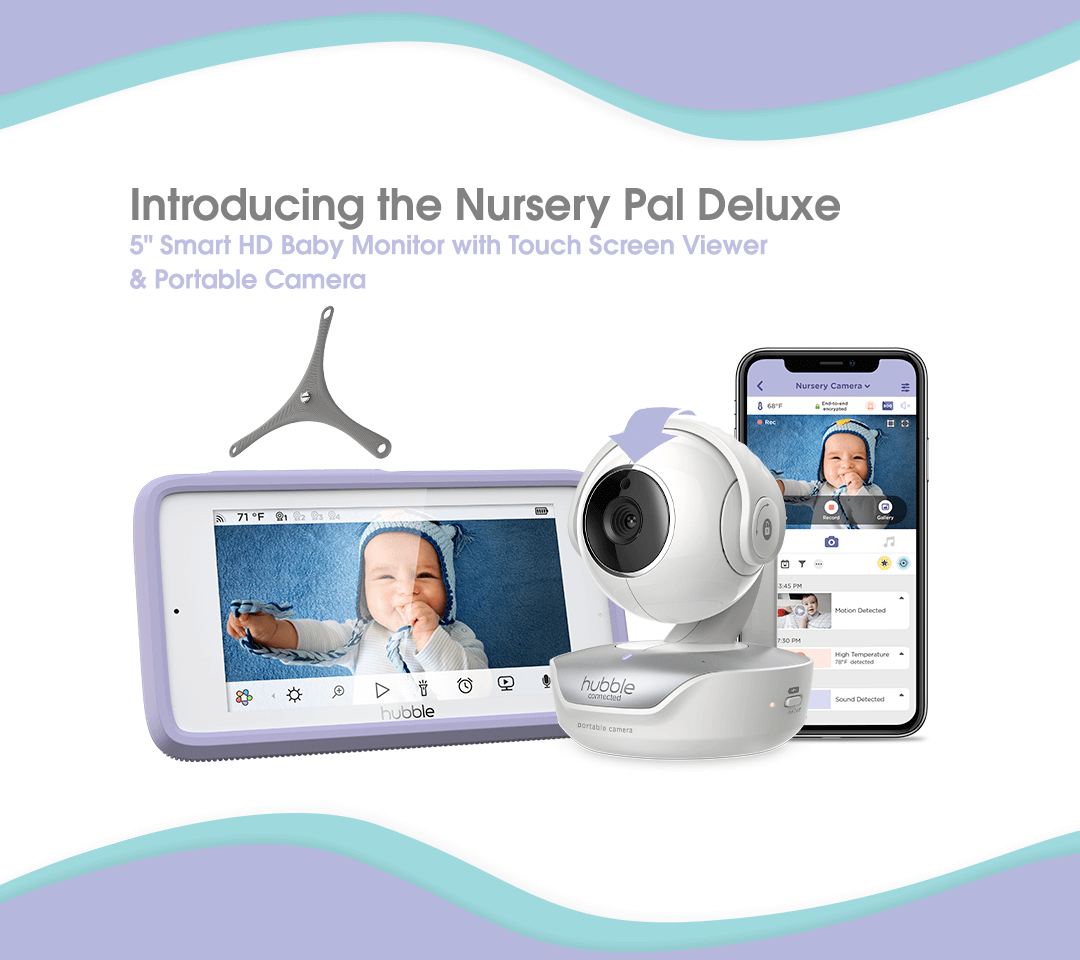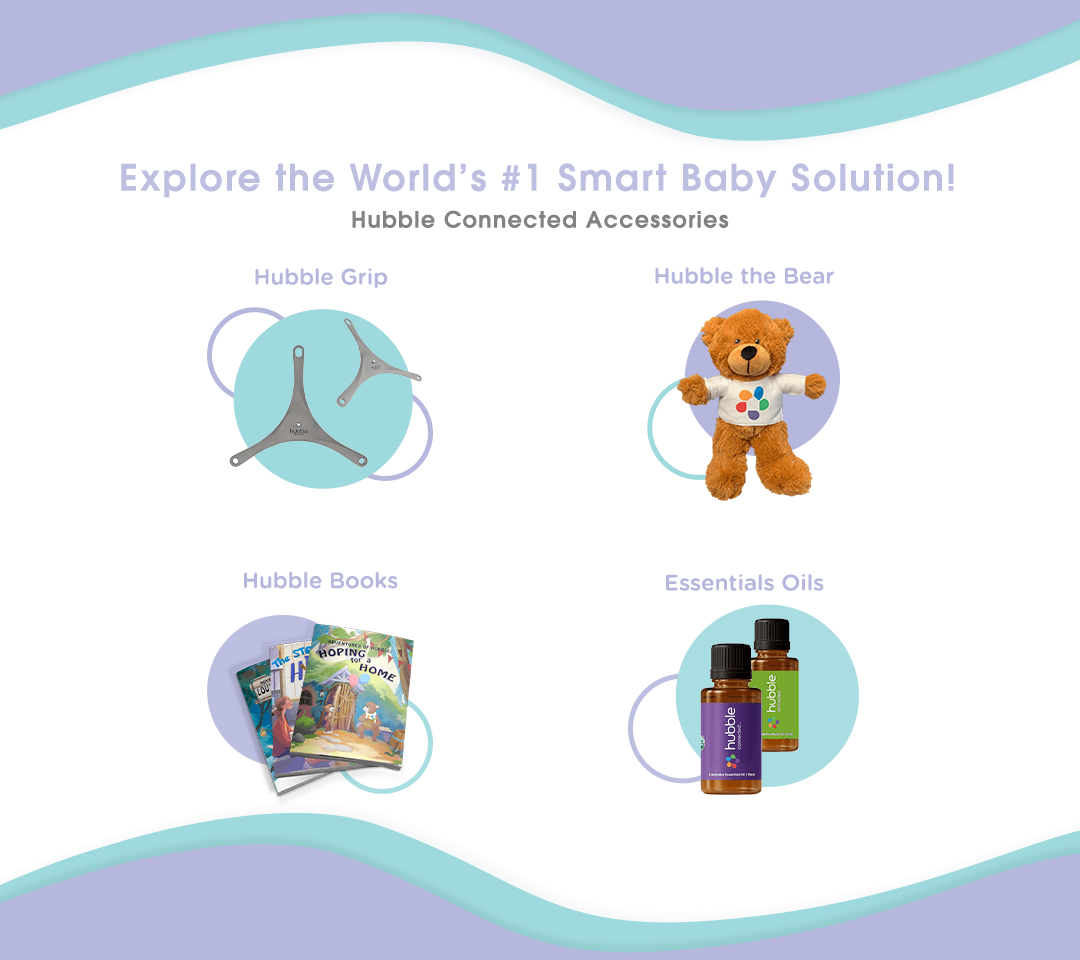Your Cart is Empty
May 05, 2020 5 min read

Before becoming parents, most of us don’t give a second thought to the hidden dangers around our homes. Those sharp corners on the coffee table and exposed plug sockets don’t even register on our radar. But once you have a little one, you begin to realize how many hazards there really are and the reality of the dangers “hidden” in plain sight around your home begins to set in.
So what's the best way to baby proof your home? We’ll take you through the most important things to look out for to ensure your child stays safe. By taking a few simple yet effective precautions you can quickly and reliably “Baby proof” your home.
Let’s dive in…
As a towering adult way above baby height, it’s often hard to spot some of the less obvious hazards around our homes. That’s why it’s a good idea to put yourself in the shoes of a crawling baby or toddler (not literally of course). We suggest that you get down on your hands and knees and have a crawl around in each room of your home. Focus on everything at a height of three feet or less, and jot down any potential dangers as you go.
Try to put yourself in the frame of mind of a curious toddler, and remember their tendency to pick up (and chew!) everything in sight. Pay particular attention to any heavy objects in reaching distance, like lamps, ornaments, books, and plant pots, and be sure to test any furniture to see if it could potentially fall over if pulled or tugged on.
As ridiculous as you may look to your neighbors passing by, this exercise will help you to get into the mind of your little one and ensure that you don’t miss anything.
It’s important to baby proof each room of your home, even the ones where you spend very little time. Sure, your baby might not be left unsupervised in your spare bedroom or office, but even with the most watchful eye, they can manage to roam into potential danger. It’s better to be safe than sorry, and that’s why some basic baby proofing in every room is essential.
We suggest that you set up a chart or a simple checklist that can be applied to each room in your home. This way you won’t feel overwhelmed and you can tackle each individual room one at a time at your leisure.
Below, we’ll cover some of the most important baby proofing measures you’ll want to take throughout your entire home.
Cover electric outlets and sockets
You can permanently cover any outlets that you do not use, or simply opt for the plastic, plug-in outlet covers that are available at most major hardware stores. These are a fantastic and very cheap, way to make sure your little one's fingers don’t go where they shouldn’t.
Soften any hard edges
Look out for any sharp edges or corners on furniture within head bumping height. You won’t be able to protect your child from every bump, fall or bruise. But taking precautions to pad or remove glaring hazards can go a long way to giving you peace of mind and protecting your little bundle of joy from accidents.
Rather than removing the furniture, you can simply attach cushioned corner guards and edge strips along the item in question. These are cheap and come in a wide variety of shapes and sizes to fit most types of furniture.
Read More: 4 Month Sleep Regression
Watch out for wires and cables
Any wires attached to heavy lamps, stereos, or other electrical objects are a potential hazard for your little one if tugged or pulled. Aside from the danger of electricity, loose cords can pose a potential hazard for entanglement and choking.
Either unplug and remove any non-essential items or run the cables flush to the wall and cover with cord covers. Keep an eye out for any faulty or loose wiring, and replace any which have signs of damage or corrosion.
Block the stairs
As soon as your toddler starts to become mobile, the stairs will become a potential adventure playground in the eyes of your little one. Installing baby gates at the top and bottom of your stairs is simple, and there's a wide range of styles to choose from; from permanently fixed gates to slottable and portable varieties that don’t need to be drilled in.
Lock your lower cupboards
Snap-on cupboard door and drawer locks are the best way to make sure your child’s curiosity doesn’t get the better of them. Even once these are installed, make sure to move all household cleaning products and substances to higher areas. Don’t just focus on the kitchen and bathroom; you’ll likely find cupboard exploring potential across several rooms in your home.
Install guards around fires and heaters
This one is required by law; all fires must be fitted with a guard where there are small children in the house. It’s also a good idea to block the areas around heaters or radiators which can be a scalding hazard when they’re on full blast. While you’re fireproofing, it’s important to test any smoke alarms and consider keeping a fire extinguisher and blanket for emergencies.
Keep blinds, blind cords, and curtains up high
Low hanging window fixtures can easily pose a danger to babies and toddlers. Keep blinds raised high, and install hooks for the cords to tuck them well out of reach. Make sure your curtains can be looped into tiebacks and placed higher up on the wall.
Remove tablecloths
Tablecloths themselves are nothing to fear, but when objects are placed on top, there’s serious potential for disaster. Either consider storing table clothes away until your little one grows out of the exploration phase, or have them shortened so they’re not in reach.
Keep kitchen appliances locked
Your dishwasher, oven, fridge, and freezer are all begging to be opened and explored by your little adventurer. There are dozens of types of toddler safety locks on the market that can be attached to these appliances and make sure they’re not opened by the wrong hands.
Remove all locks on interior doors
Avoid the nightmare situation of having a locked door separating you and your little one by removing all interior locks. If you’d prefer to keep your privacy in the bathroom, move the locking mechanism up to an adult-only height.
Keep all books and ornaments on high shelves
Reserve the lower shelves of your units for baby-friendly objects like soft books and toys. Anything heavy, pointy, small, or dangerous can go up high, and your child can still explore safely.
Block access to other rooms
As soon as your child is big enough to reach for a door handle, it’s essential to block off any rooms where there are potential hazards. The same type of gates you’ve installed on the stairs can also be used to block off doorways so your toddler doesn’t stray too far. Not only does this keep them safe from any non-baby proofed areas, but it also lets you get on with your household tasks knowing your little one can’t go wandering too far.
Peace of mind for you and your family
All good parents try to keep a watchful eye, but the distractions of daily life make it difficult to keep our eyes on them 24 hours a day. By inspecting your home and babyproofing each room, you’ll have peace of mind knowing that your baby or toddler can explore the world safely, out of harm's way. Check out Hubble's collection of smart baby monitors.

June 21, 2021 3 min read

June 21, 2021 3 min read
and get $10 OFF your next Hubble Connected purchase.
.png?v=1627679689)

.png?v=1627679796)
.png?v=1627679828)



